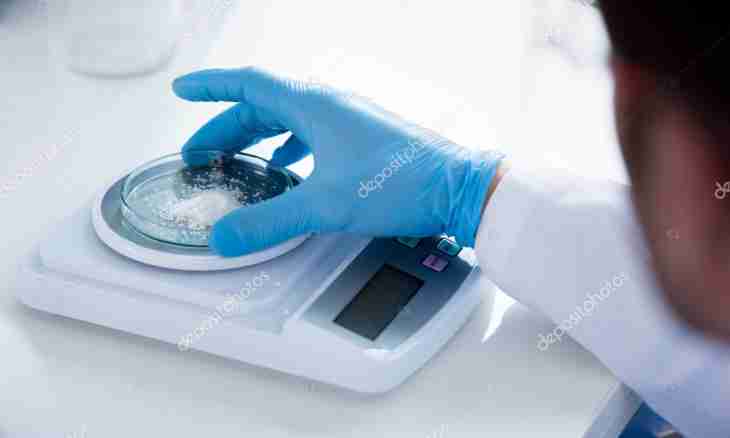Molar weight is a weight of one mole of a substance, that is the size showing in what amount of substance contains 6.022*10 (in degree 23) particles (atoms, molecules, ions). And if it is not about pure substance, and about mix of substances? For example, about vital to the person air, it present themselves mix of great variety of gases. How to calculate its molar weight?
It is required to you
- - exact laboratory scales;
- - round-bottomed flask with shlify and the crane;
- - vacuum pump;
- - manometer with two cranes and connecting hoses;
- - thermometer.
Instruction
1. First of all think over an admissible error of calculations. If you do not need high precision, be limited to only three most "powerful" components: nitrogen, oxygen and argon, also take the "rounded" sizes of their concentration. If more exact result is necessary, then use in calculations also carbon dioxide and you can do without rounding.
2. Let's assume that you will accept the first option. Write the molecular mass of these components and their mass concentration in air: - nitrogen (N2). Molecular weight 28, mass concentration of 75.50%;-oxygen (O2). Molecular weight 32, mass concentration of 23.15%;-argon (Ar). Molecular weight 40, mass concentration of 1.29%.
3. For simplification of calculations, round sizes of concentration: - for nitrogen – up to 76%;-for oxygen – up to 23%;-for argon – up to 1.3%.
4. Make simple calculation: 28 * 0.76 + 32 * 0.23 + 40*0, 013 = 29.16 grams/mol.
5. The received size is very close to that which is specified in reference books: 28.98 grams/mol. The divergence is explained by rounding.
6. You can determine the molar mass of air and by simple laboratory trial. For this purpose measure the mass of a flask with the air which is in it.
7. Write down the received result. Then, having connected a flask hose to the manometer, open the crane and, having turned on the pump, begin to pump out air from a flask.
8. Wait some time (that air in a flask heated up to room temperature), write down indications of the manometer and the thermometer. Then, having closed the crane on a flask, disconnect its hose from the manometer, and weigh a flask with the new (reduced) amount of air. Write down result.
9. Further you will be come to the rescue by the universal equation of Mendeleyev-Klapeyrona: PVm = its MRT.Zapishite in a little changed look: ∆PVm = ∆MRT, and are known to you both change of pressure of ∆P air and change of mass of ∆M air. The molar mass of air m is calculated elementary: m = ∆MRT / ∆ PV.

